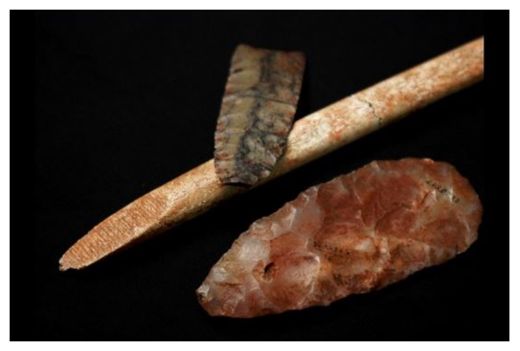
© Sarah L. Anzick/Associated Press This undated photo provided by researcher Sarah L. Anzick shows the end of a beveled rod of bone and an incompleted projectile point from a Clovis-era burial site found in 1968 in western Montana. Scientists have recovered and analyzed the DNA of an infant who died more than 12,000 years ago
New York - The DNA of a baby boy who was buried in Montana 12,600 years ago has been recovered, and it provides new indications of the ancient roots of today's American Indians and other native peoples of the Americas.
It's the oldest genome ever recovered from the New World. Artifacts found with the body show the boy was part of the Clovis culture, which existed in North America from about 13,000 years ago to about 12,600 years ago and is named for an archaeological site near Clovis, N.M.
The boy's genome showed his people were direct ancestors of many of today's native peoples in the Americas, researchers said. He was more closely related to those in Central and South America than to those in Canada. The reason for that difference isn't clear, scientists said.
The researchers said they had no Native American DNA from the United States available for comparison, but that they assume the results would be same, with some Native Americans being direct descendants and others also closely related.
The DNA also indicates the boy's ancestors came from Asia, supporting the standard idea of ancient migration to the Americas by way of a land bridge that disappeared long ago.
The burial site, northeast of Livingston, Mont., is the only burial known from the Clovis culture. The boy was between 1 year and 18 months old when he died of an unknown cause.
He was buried with 125 artifacts, including spear points and elk antler tools. Some were evidently ritual objects or heirlooms. The artifacts and the skeleton were covered with powdered red ochre, a natural pigment, indicating a burial ceremony.
The skeleton was discovered in 1968 next to a rock cliff, but it's only in recent years that scientists have been able to recover and analyze complete genomes from such ancient samples.
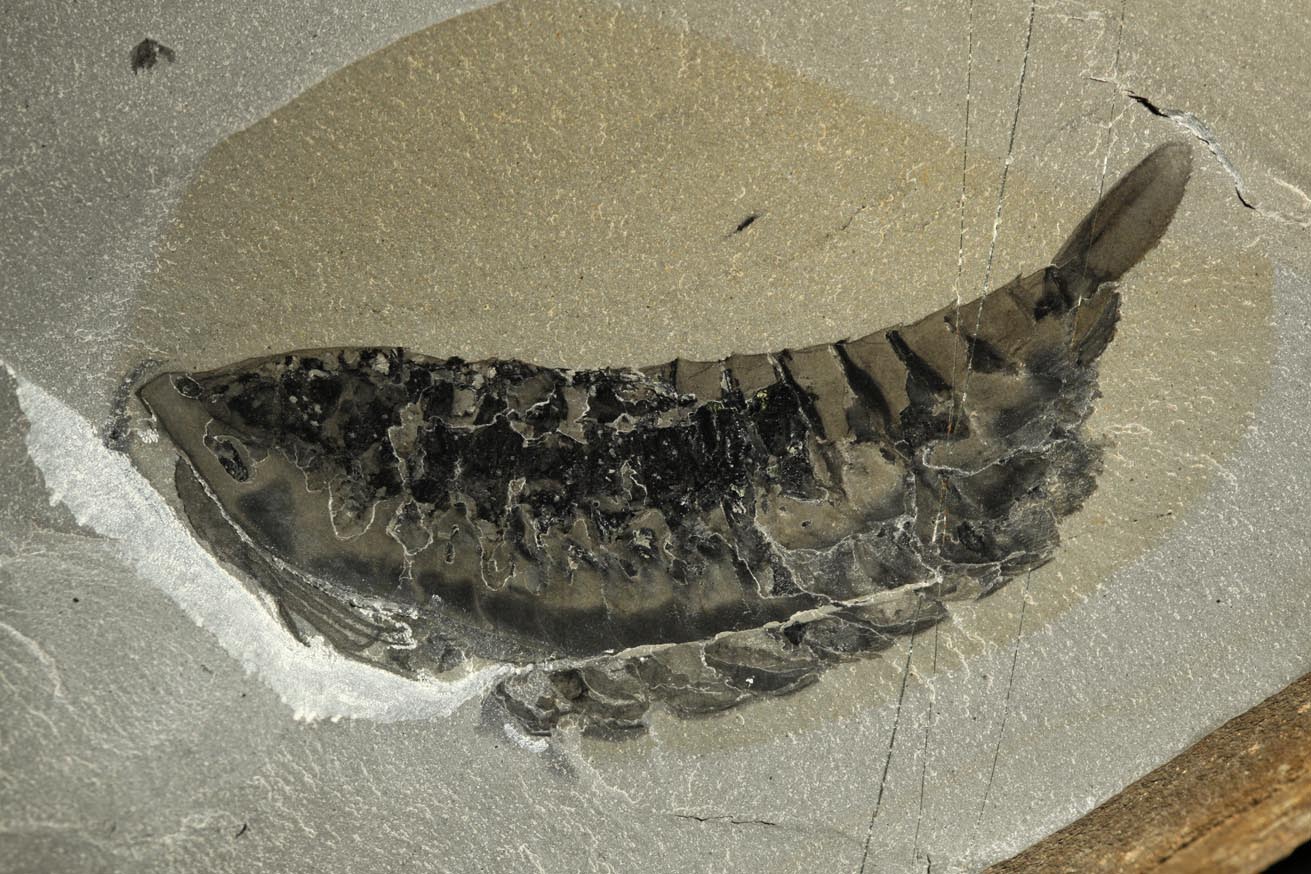
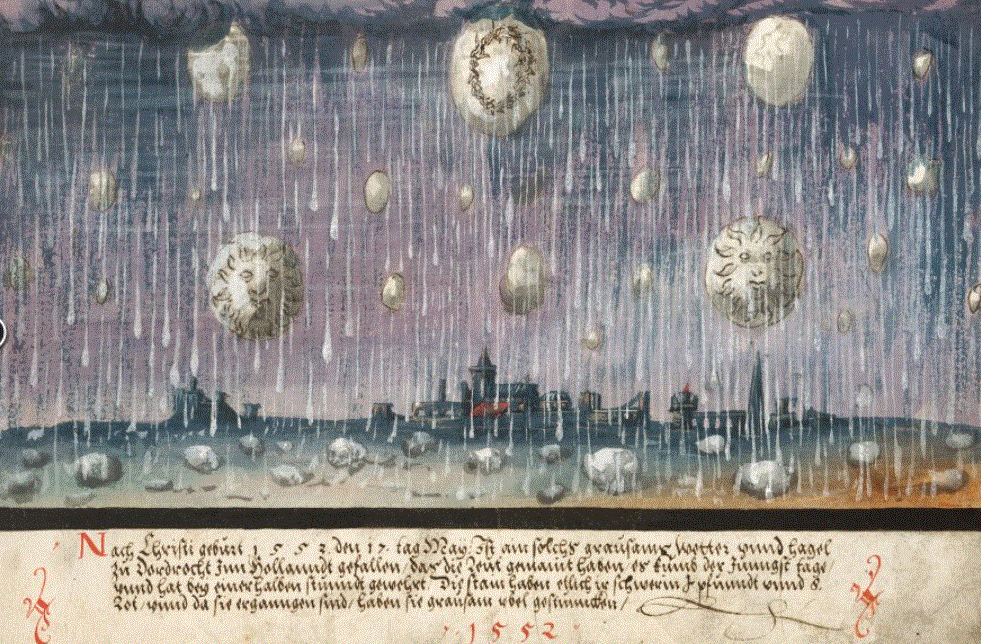
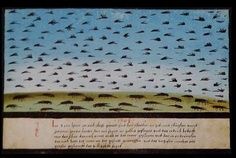
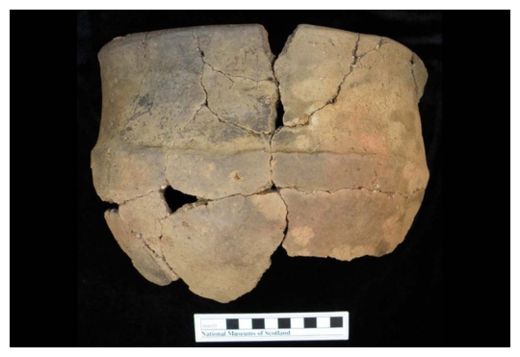





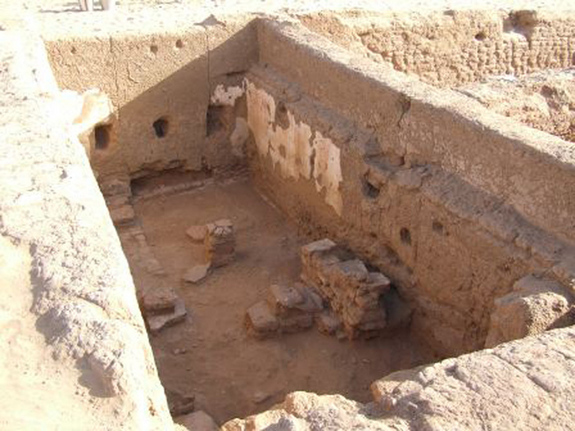
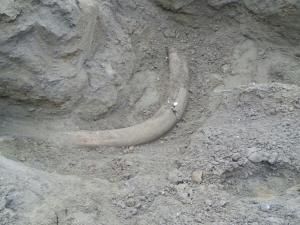



Comment:
Sure, global warming blamed on human-produced CO2 that will only cause damage 100 years from now is a scam - of course it is, it's a tar baby set up by the elites so they can control people and assuage their growing restlessness as the climate goes kaflooey - but how anyone can think 'everything is normal' with the weather - planetary and cosmic - these days is baffling.
Clearly, given that about everything drawn in the book has been reported numerous times around the world in the last ten years or so, what this incredible manuscript shows us is not "what people in olden days were hallucinating about"... but what they were ACTUALLY SEEING the last time around.